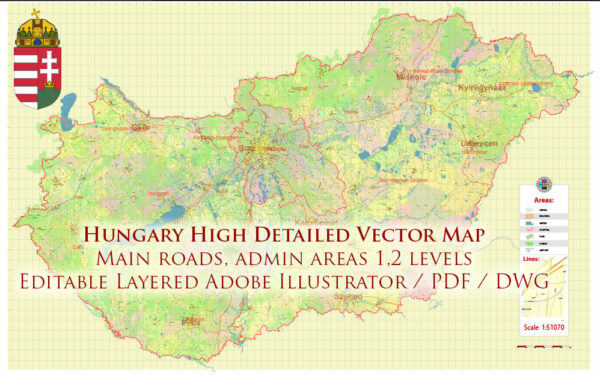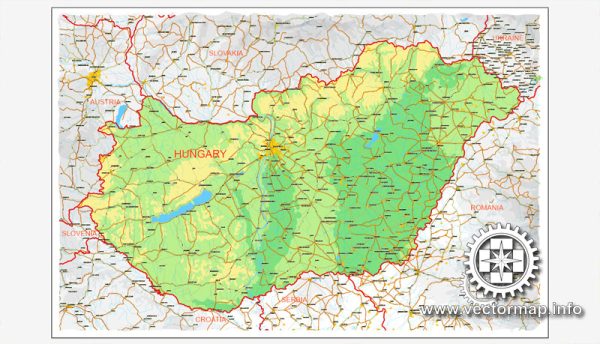Hungary has a well-developed transportation network that includes both waterways and railroads.
Waterways: Hungary is landlocked, and its most important waterway is the Danube River, which flows through the country from the north to the south. The Danube is a major European river, and it serves as a crucial transportation route for goods and passengers. The Hungarian stretch of the Danube connects various cities and towns, including Budapest, the capital of Hungary.
Railroads: The Hungarian railway system is an integral part of the country’s transportation infrastructure. The rail network is extensive and connects Hungary with neighboring countries, facilitating both passenger and freight transportation. Budapest serves as a central hub for the railway network, and the country has rail connections with Austria, Slovakia, Serbia, Croatia, Romania, and Ukraine, among others.
The Hungarian State Railways (Magyar Államvasutak, MÁV) is the national railway company responsible for operating the majority of the country’s rail services. The rail system plays a crucial role in transporting goods within the country and facilitating international trade.
Hungary has been investing in modernizing its railway infrastructure to improve efficiency and connectivity. High-speed rail connections and electrification projects are examples of efforts to enhance the overall transportation network.
For the most up-to-date and detailed information, it is recommended to refer to recent sources or official publications from the Hungarian government or relevant transportation authorities.




 Author: Kirill Shrayber, Ph.D.
Author: Kirill Shrayber, Ph.D.